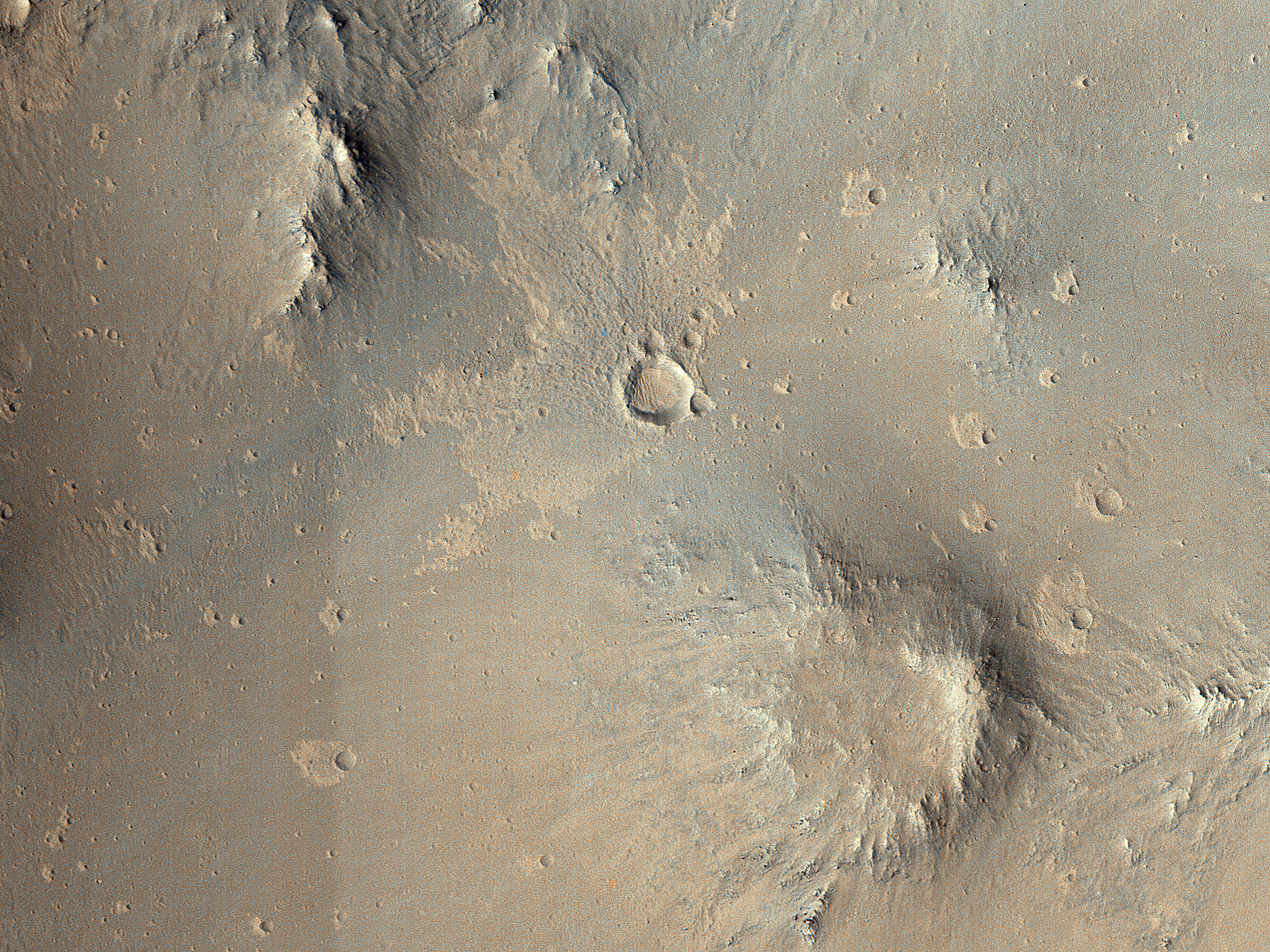This image shows one of millions of small (10s of meters in diameter) craters and their ejecta material that
dot the Elysium Planitia region of Mars. The small craters were likely formed when high-speed blocks of rock were thrown out by a much larger impact (about 10-kilometers in diameter) and fell back to the ground.
Some of these blocks may actually escape Mars, which is how we get samples in the form of meteorites that fall to Earth. Other ejected blocks have insufficient velocity, or the wrong trajectory, to escape the Red Planet. As such, when one of these high-speed blocks impacts the surface, it makes what is called a “secondary” crater. These secondaries can form dense “chains” or “rays”, which are radial to the crater that formed them.
Tycho Crater is an excellent example of a “rayed crater” that shows rays that
span the entire near-side of the Moon.
ID:
ESP_050250_1915date: 16 April 2017
altitude: 276 km
https://uahirise.org/hipod/ESP_050250_1915
NASA/JPL-Caltech/University of Arizona
#Mars #science #NASA
